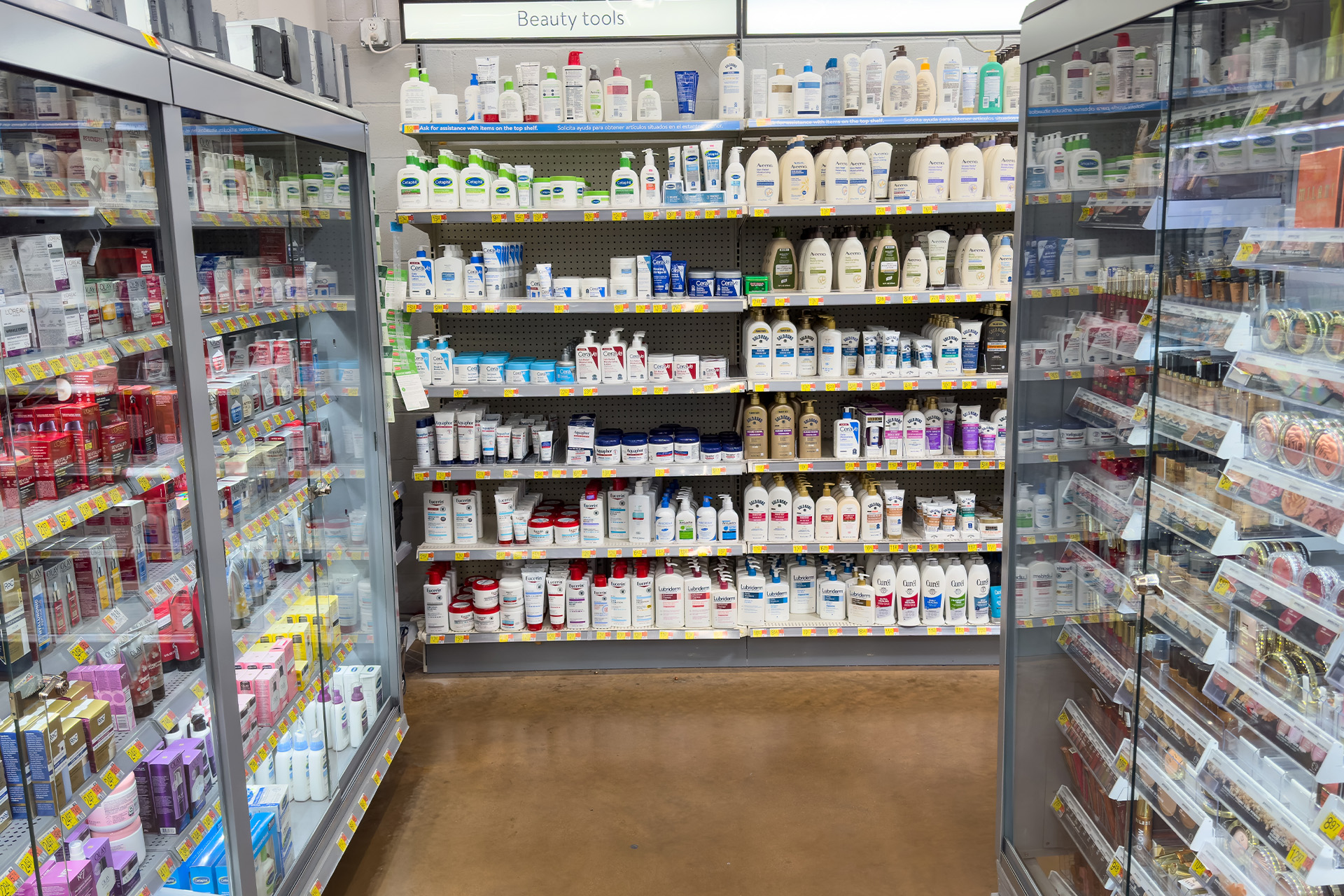As retail theft remains at elevated levels, a study by market researcher Numerator indicated that about a quarter of shoppers won’t purchase items that are locked up.
If they want an item that’s locked up, 62% of shoppers responding to a survey said they would usually wait for store staffers to provide access to the merchandise, and 9% said they would order the product wanted online from that same retailer.
However, 17% said they would be inclined to switch retailers if they found a product they wanted locked up, at 10% online and 7% in-store, while one in 10 said they would abandon the purchase altogether.
Shoppers are less inclined to wait for everyday products, with only 53% of shoppers saying they would wait for assistance if they found bath and body products locked up, 56% saying the same for makeup and cosmetics and 57% saying the same for personal hygiene products.
Willingness to wait varies by generation, ethnicity, guardianship and retailer memberships, as 69% of Baby Boomers will wait for assistance compared with 57% of Millennials. Then, 71% of Black consumers will wait, compared to 58% of Asian shoppers. Of consumers with kids in the six-12 age range, only 58% will wait for assistance. Shoppers with retailer memberships such as Amazon Prime or Walmart Plus are more likely to shift their purchases online when faced with locked products, at 22% compared to 19% for the average consumer.
Shoppers who are not willing to wait for assistance when encountering a locked-up product tend to spend 21% of their dollars online compared to 18% for those who expressed a willingness to wait.
As retailers address in-store crime, 60% of shoppers report seeing locked-up merchandise on a regular basis, with 28% seeing them every time they shop, 32% seeing them sometimes and 29% seeing them often. Only 11% of shoppers report rarely seeing locked-up products. Still, although many shoppers have noted locked-up products, only 21% said products they’re actively trying to purchase are confined behind barriers.
Consumers in urban areas and the western United States have encountered locked-up products more frequently, with 35% of consumers in the West saying they encounter locks on the items they are trying to purchase almost every time they shop and 30% of urban consumers saying the same. Among major Western metro areas where consumers report particularly high levels of product lockdowns are, at 54%, the Riverside-San Bernardino-Ontario, CA, metro area, at 51%, Las Vegas-Henderson-Paradise and, at 45%, Los Angeles-Long Beach-Anaheim. Metro areas with the lowest levels of reported product lockups are Cleveland-Elyria, at 5%; Cincinnati, at 9%; Pittsburgh, at 11%; Columbus, OH, at 13%; and Austin-Round Rock, TX, at 13%.
Stores where consumers see the most product lock-ups are mass retailers, reported by 68% of consumers, drug stores, by 62%, grocery stores, by 31%, department stores, by 25%, and home improvement stores, by 23%. Consumers say they are less likely to see locked-up products in dollar stores, reported by 18%.
The survey found that drug stores provide better assistance in accessing locked-up merchandise, with CVS, Walgreens and Target getting superior marks, while Walmart is getting the worst. Net ratings showcase the difference between the percent of consumers who say getting assistance is easy and the percent who say it is difficult.
The most commonly observed locked-up items, as reported by consumers, are personal electronics, over-the-counter OTC medications, physical media, personal hygiene products, makeup and cosmetics and large electronics and accessories.





